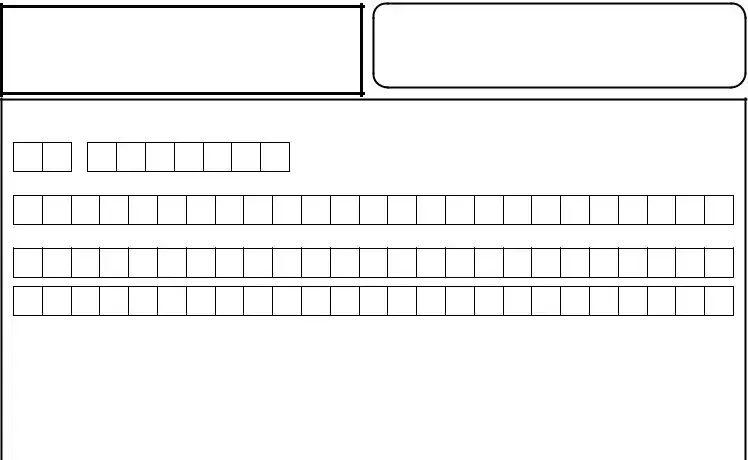The Minnesota New Hire Reporting Form shares similarities with the I-9 Employment Eligibility Verification form. Both documents serve a critical role in the onboarding process of new employees. The I-9 form, required by the U.S. government, verifies an employee's legal right to work in the United States. Similarly, the Minnesota New Hire Reporting Form ensures proper reporting of new hires to the state for purposes of enforcing child support obligations. Each form mandates the provision of accurate and timely information about the employee, albeit for different regulatory reasons.
Another document akin to the Minnesota New Hire Reporting Form is the W-4 form, used for determining federal tax withholdings. Like the New Hire Reporting Form, the W-4 is filled out by new employees upon their hiring. Both forms collect essential information, including the employee's Social Security Number and employment start date. However, while the New Hire Reporting Form aids in the reporting to state agencies for child support enforcement, the W-4 focuses on financial aspects related to income tax.
The state-specific New Hire Reporting forms found in other U.S. states bear resemblance to Minnesota's version. Each state has its own version of the new hire reporting form, tailored to meet local regulatory requirements, yet all serve the shared purpose of streamlining the process of reporting new hires to state authorities. This is crucial for tracking employment for various legal and administrative matters, including but not limited to, child support enforcement, much like Minnesota’s form.
The Employer's Quarterly Federal Tax Return (Form 941) also shares purpose-related similarities with the Minnesota New Hire Reporting Form. While the Form 941 is a quarterly tax return that reports the withheld income, Social Security, and Medicare taxes from employees' paychecks, both forms require detailed employee information for compliance with federal and state regulations. Each plays a distinct role in ensuring employers fulfill their legal responsibilities related to employment.
Another comparable form is the New Employee’s Withholding Allowance Certificate (State W-4). Similar to the federal W-4, many states require their version to be completed by employees for state income tax withholding purposes. Both the state W-4 and the Minnesota New Hire Reporting Form capture the start date and personal information, ensuring the proper administration of taxes and support obligations.
The Worker’s Compensation Insurance forms, required when a new hire is made, also have a connection to the Minnesota New Hire Reporting Form. Both types of documents are essential for new employees, ensuring they are covered and reported correctly from the onset of their employment. The focus on legal compliance and employee welfare is central to both forms, albeit serving different aspects of employee rights and employer responsibilities.
Lastly, the Direct Deposit Authorization form, while primarily dealing with the financial aspect of salary payment, intersects with the Minnesota New New Hire Reporting Form's goal of administrative efficiency. By collecting bank details for salary deposits, it complements the New Hire Reporting Form’s purpose of streamlining the employment reporting process, ensuring efficient handling of employee-related administrative tasks.
In conclusion, the Minnesota New Hire Reporting Form is part of a broader ecosystem of employment-related documentation required by both federal and state laws. Its role in ensuring compliance with child support enforcement is mirrored in the collective function of various other forms whereby efficient, legal, and safe employment practices are encouraged and maintained.
